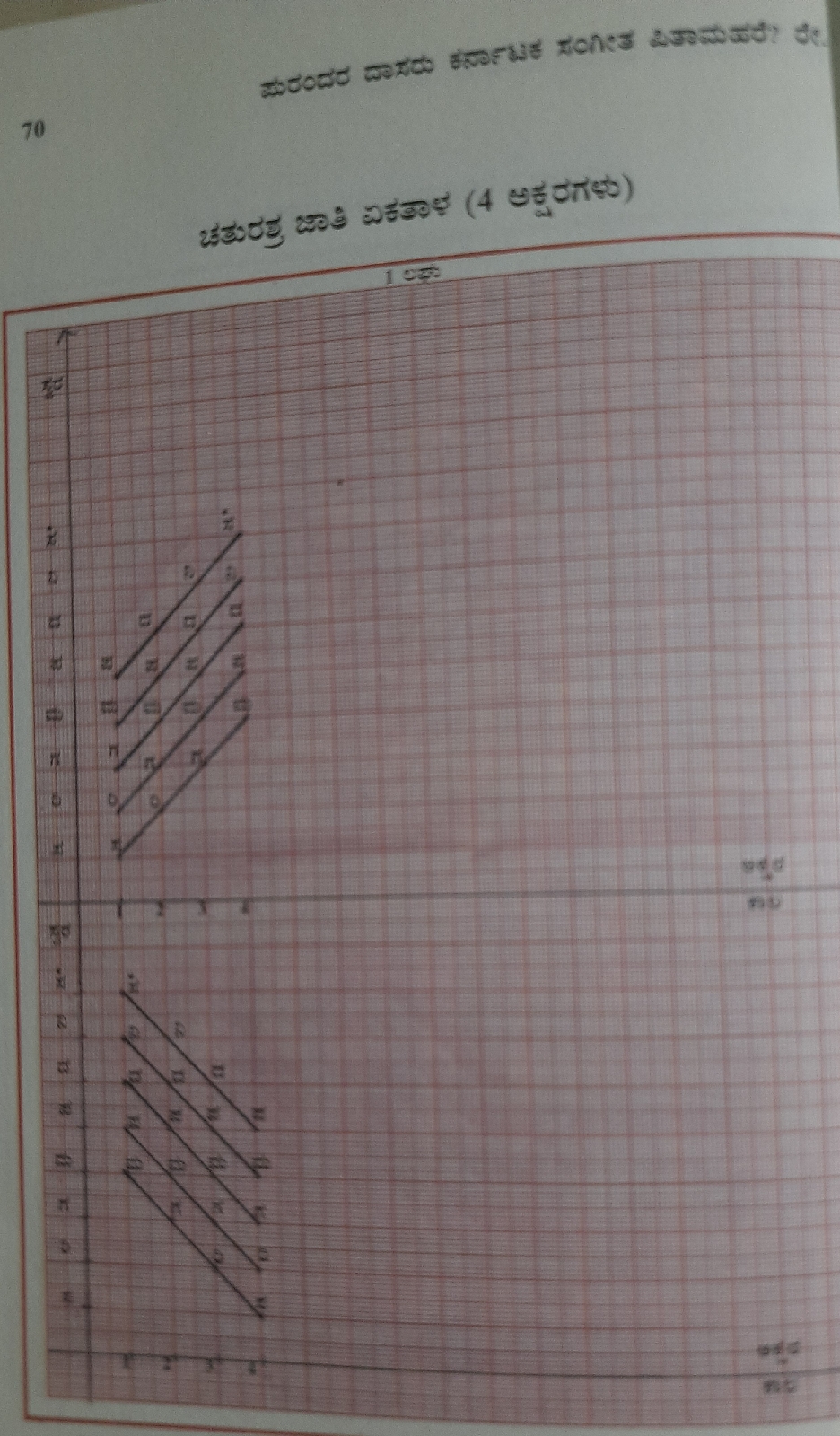To define the time limit is very basic and also a responsible task.
The need for taala, is to induce a sense of timing, focus and rhythm in singing.
Saptha Suladi Taalas was the greatest contribution of Haridasas in the field of music.
Each Suladi Taala bears two components:
1. Jaathi
2. Taala
Merging of Jaathi and Taala makes it easier to decipher taala.
The role of Sri Purandara Dasaru in this aspect is said to be unmatched.
He devised a method in which each taala is introduced to an amateur learner!
With respect to the learner, it is a stage where she/he gets introduced to various taalas, which indeed is a big leap in their learning curve.
Sri Purandara Dasaru took the aid of swaras of Mayamalavagowla Raaga, embedded each swara into each beat of the taala in a pattern.
All the seven notes followed a pattern, which made the learner get a more clear picture of the taala.
Concept called "Alankaras" was introduced to introduce to the world of sulaadi saptha taalas. Sri Purandara has designed these alankaras to make taalas easy and approachable . The swaras(frequencies) have been beautifully embedded on taala beats(time). All the alankaras have followed a set pattern,which makes the learner to decipher the next patterns in a given taala easily.
Following is the graphical analysis of the patterns followed in each alankara made by me with the help of my Guru .
The X-axis denotes time between 2 beats(Akshara Kaala)
Y-axis denotes frequency(swaras)
Chaturashra Jaathi Dhruva Taala
Chaturashra Jaathi Matya Taala
Chaturashra Jaathi Dhruva Taala
Trishra Jaathi Triputa taala
Mishra Jaathi Jhampe Taala
Khanda Jaathi atta taala
Chaturashra Jaathi eka taala
In all graphs Red dotted lines indicate increase in the frequency between Taala Angaas, Green dotted lines indicate decrease in frequency between taala angaas.
Symmetry rules in all these alankaras!






